Bringing together leading quantum researchers to pave the way towards quantum-enabled devices in the near future.


Bringing together leading quantum researchers to pave the way towards quantum-enabled devices in the near future.
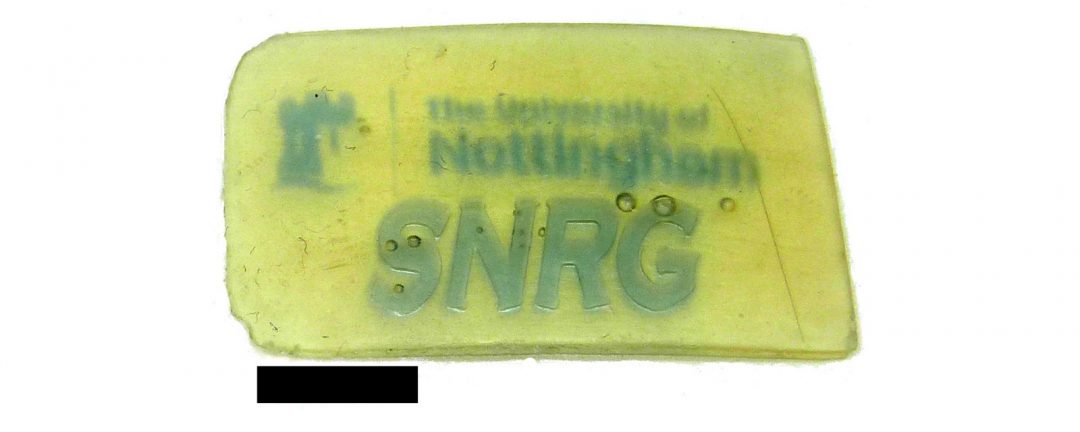
New findings have the potential to vastly increase the functional capabilities of 3D-printed devices for industries such as electronics, healthcare and quantum computing.

American researchers designed a smartphone octo‐channel optosensor (SOS) for low‐cost low‐volume lab tests as a mHealth diagnostic tool.
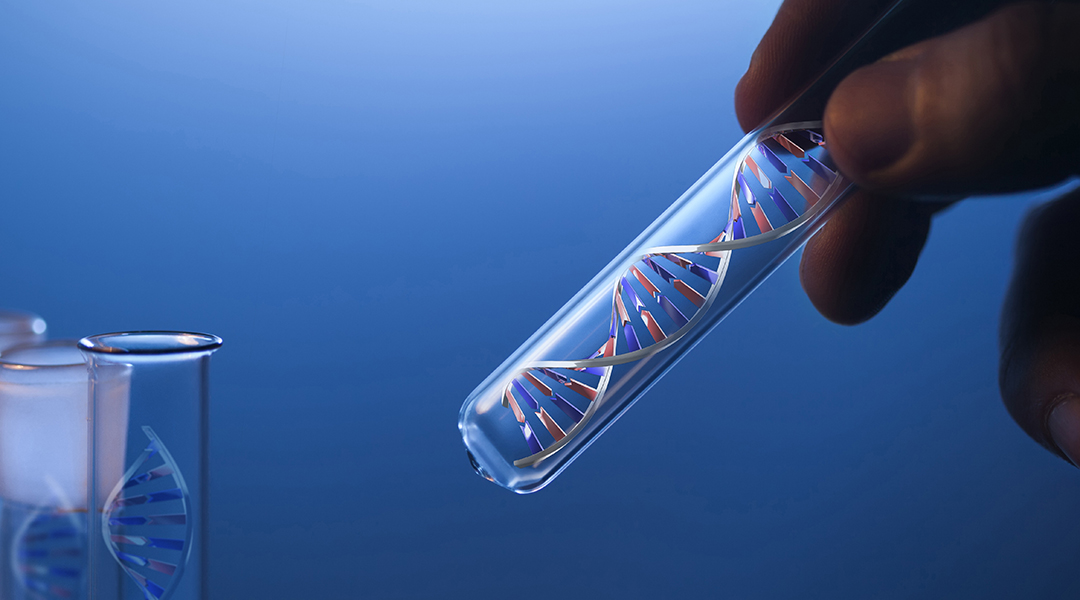
DNA origami nanobiosensor: The binding of the bioanalyte (left) with the ssDNA-associated bioreceptor (center) on the surface of the DNA origami is transduced as a measurable change in properties (right) that can be recognized and quantified by a detector.

Self-healing of a phase change memory device with a metallic surfactant layer opens up new pathways in storage class memory.
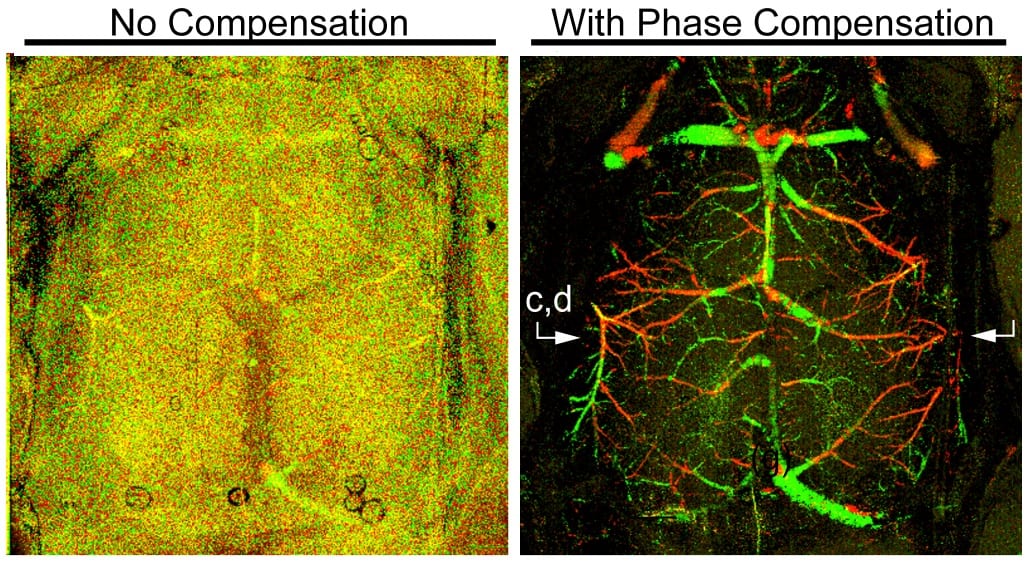
An American team of scientists develop a novel phase stabilization technique with significant improvement in the phase stability of a micro-electromechanical (MEMS) vertical cavity surface-emitting laser (VCSEL) based swept-source optical coherence tomography (SS-OCT) system.

ANSYS presents promising digital exploration for product development with new simulation technology.

A new journal from the Advanced Materials family covering all aspects of theory and simulation in natural sciences is launching in early 2018.
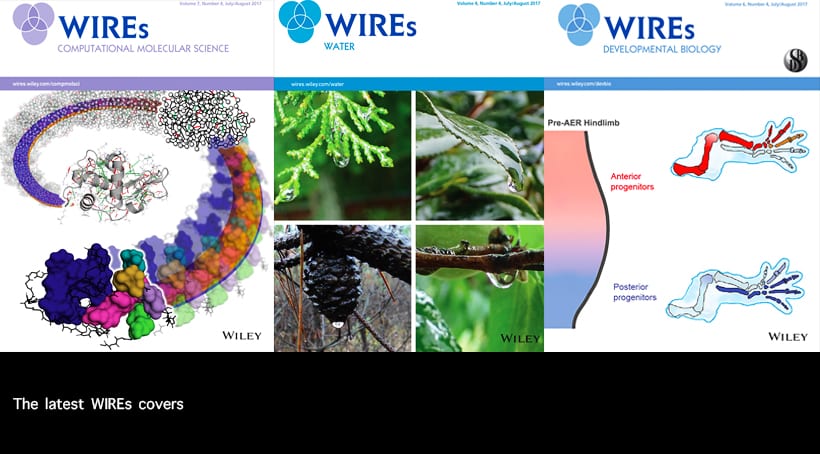
The award-winning WIREs (Wiley Interdisciplinary Reviews) series combines some of the most powerful features of encyclopedic reference works and review journals in an innovative online format. WIREs are designed to promote a cross-disciplinary research ethos while...
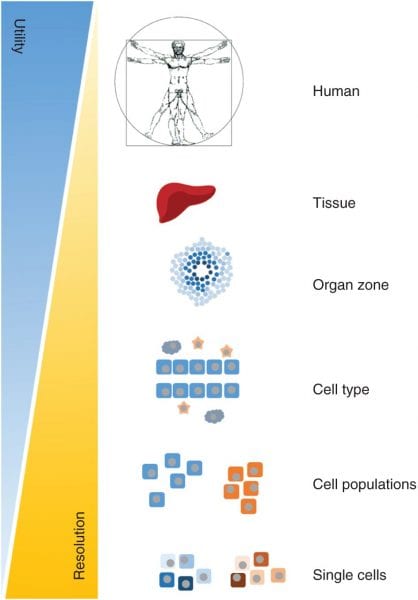
Genome-scale metabolic models (GEMs) are relatively new tools for studying the metabolic changes associated with many diseases. GEMs are reconstructions of the metabolic networks of cells, sometimes able to represent an organism’s whole body.